IT/OT Convergence: Unifying Information And Operational Technology With Ignition
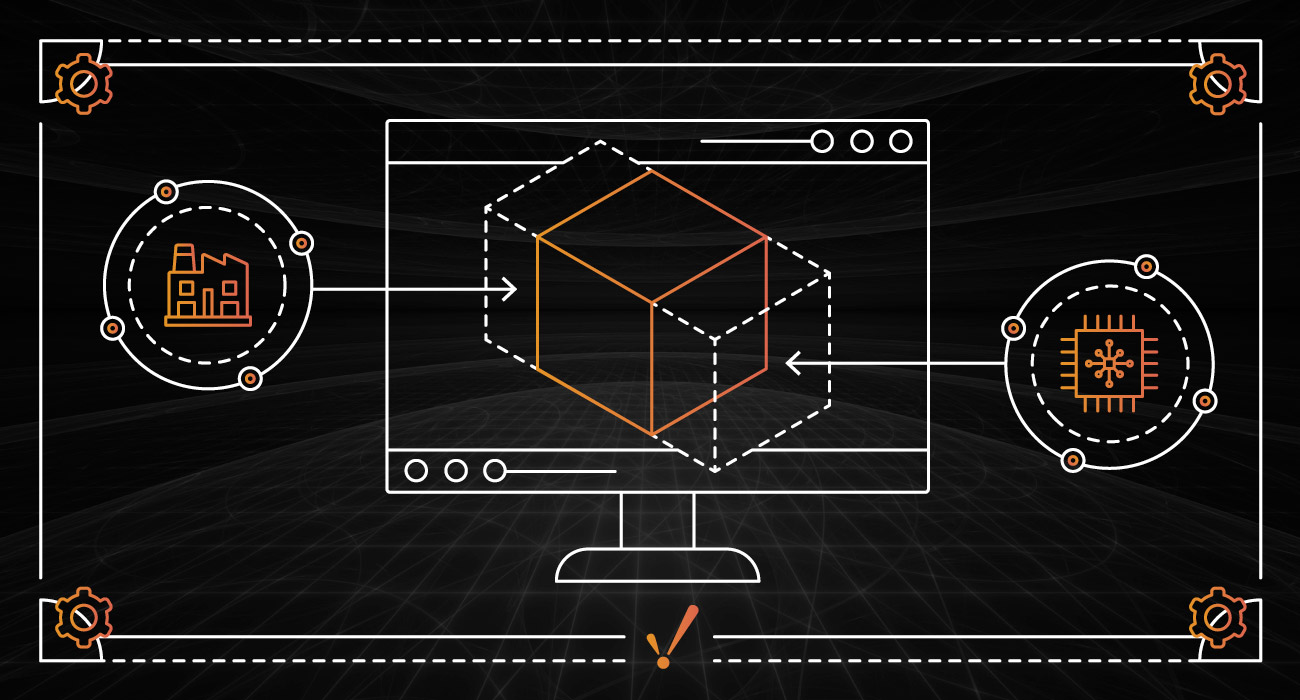
Imagine two orchestras, performing on their own with different tunes. The first one is the IT orchestra, which is made up of modern servers, the latest networks, and a new-generation software, creating the digital orchestra of information technology (IT). The second is the operational technology (OT) orchestra, made up of decade-old legacy machines, sensors, proprietary software, and controllers, managing the orchestra of the shop floor world.
For decades, these two orchestras played independently, each with its own conductor and score. However, as technology advanced and industries evolved, there was a need to bring these two musical groupings into harmony. The result? A digital symphony where the IT and OT orchestras converge, creating a harmonious blend of the virtual and the physical.
In this blog, we’ll look at how IT and OT have come together over time and how Ignition SCADA helps to converge them.

What Is IT/OT Convergence?
In the industrial world, IT and OT have traditionally operated as separate domains, each with its own objectives, processes, and teams.
- IT includes systems that manage data, software, and enterprise-level operations, such as enterprise resource planning (ERP), business applications, web apps, SQL, cloud and data analytics platforms.
- OT refers to the hardware and software systems that monitor and control manufacturing operations, such as human machine interfaces (HMI), supervisory control and data acquisition (SCADA), PLC’s, robotics, RTU’s, and sensors on the factory floor.
For many decades, these two domains existed in silos:
- IT focused on enterprise-level decision-making, data security, and long-term strategic goals.
- OT prioritized real-time system reliability, machine productivity and uptime, human safety, and shop floor operational efficiency.
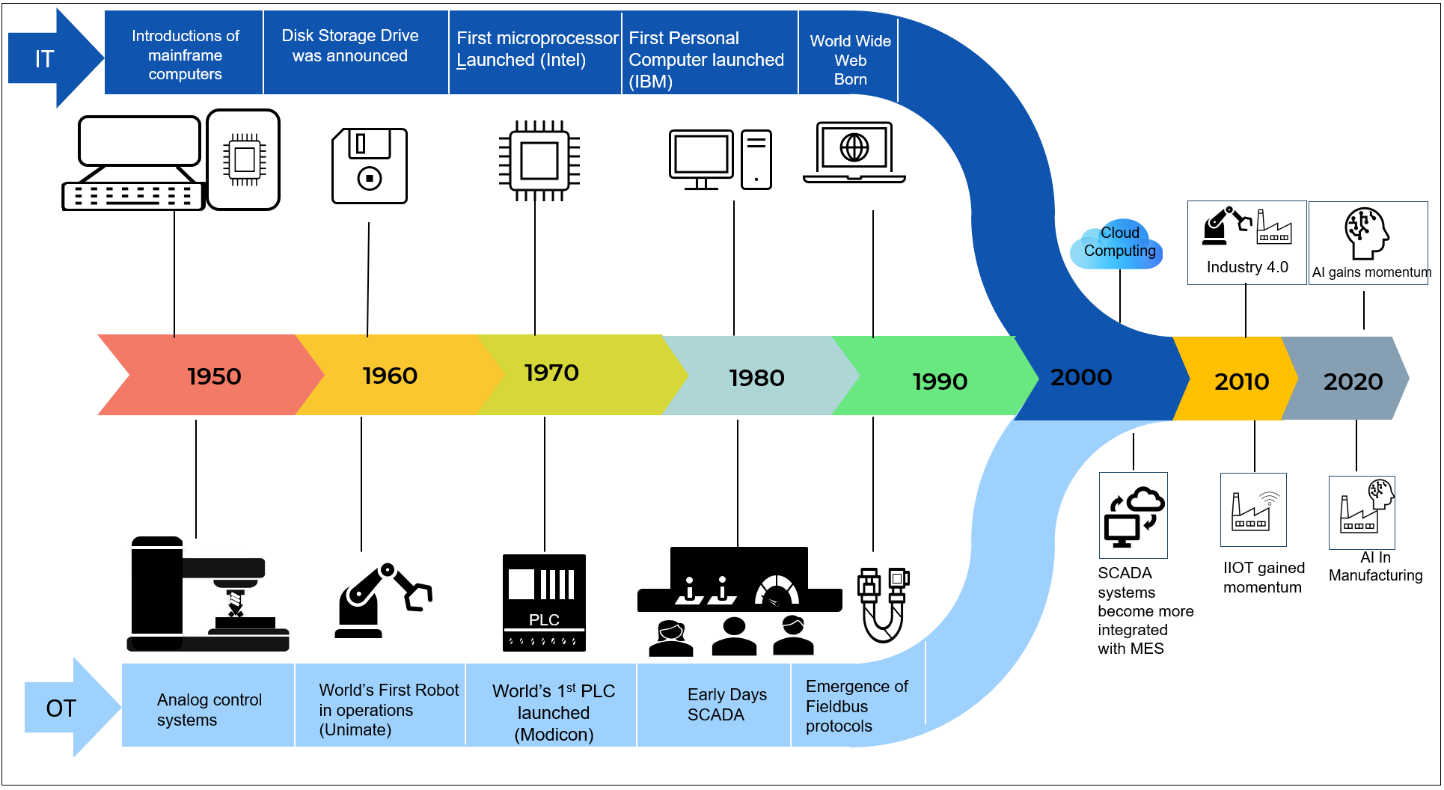
Fig 1.0 – Evolution of IT-OT Convergence
What Are The Top Five Challenges With IT-OT Convergence?

1. Qualification And Skill Set Differences Of IT-OT Professionals
- IT Engineers’ Skill Set: Networking (TCP/IP, VPNs), cloud computing (AWS, GCP), cybersecurity (threat detection), database management (SQL, MongoDB), programming (Python, REACT, C++), software development and DevOps.
- OT Engineers’ Skill Set: PLC programming, HMI & SCADA systems, process control and instrumentation, Fieldbus protocols (PROFIBUS, Modbus), robotics, CNC machine, sensors, valves.
- IT engineers typically hold a bachelor’s degree in computer science or information technology. And OT engineers are from electrical engineering or electronics engineering or mechatronics engineering backgrounds.
- IT engineers often lack knowledge of industrial networking protocols, real-time systems, sensors, or field instruments. Most of the time, OT engineers’ understanding remains limited in networking, cybersecurity, server configuration, or web development.
- This knowledge divide results in a lack of cross-domain understanding and collaboration.

2. Technological Differences
- IT Protocols: HTTP, REST APIs, and SQL.
- OT Protocols: Modbus, OPC UA, PROFIBUS, RS 232, and DNP3.
- Many OT environments still operate on legacy hardware and software. Especially in the manufacturing domain, there are conventional machines that have been operational for decades with the same OT hardware/control system. Such legacy hardware and software are incompatible with the latest IT systems and bridging them with IT can require significant effort.

3. Resistance To Change: A Two-Stage Challenge
- IT Goals: Data management, security, and scalability.
- OT Goals: Uptime, reliability, and safety.
- IT teams may resist OT-driven changes, particularly if they consist of proprietary and non-standard networking protocols, unfamiliar or legacy software systems, or hardware-centric solutions.
- OT teams may perceive the IT-driven changes as unwanted or risky, or often not necessary. When these changes involve upgrades or patching to critical equipment, such as a legacy machine running fine for the last three decades, but its software/OS/firmware upgrade is no longer supported.
- This resistance arises from the inherent differences in departmental goals & priorities, workflows, and lack of cross-domain understanding.

4. Data Integration And Management
- IT Perspective: Designed to handle large amounts of data, stored in databases, Excel sheets, or ERP systems, which are standardized and designed for high-level decision-making.
- OT Perspective: OT systems produce unstructured or semi-structured data from sensors, PLCs, CNCs, and machines. These data types often use proprietary or unique formats specific to vendors, and this makes direct convergence a complex task.
- Data Silos: OT and IT systems often store data in different formats and locations, adding further complexity to the convergence.
- Real-Time Processing: Systems often need to process OT data in real time (milliseconds), while not all IT systems are designed for such requirements.
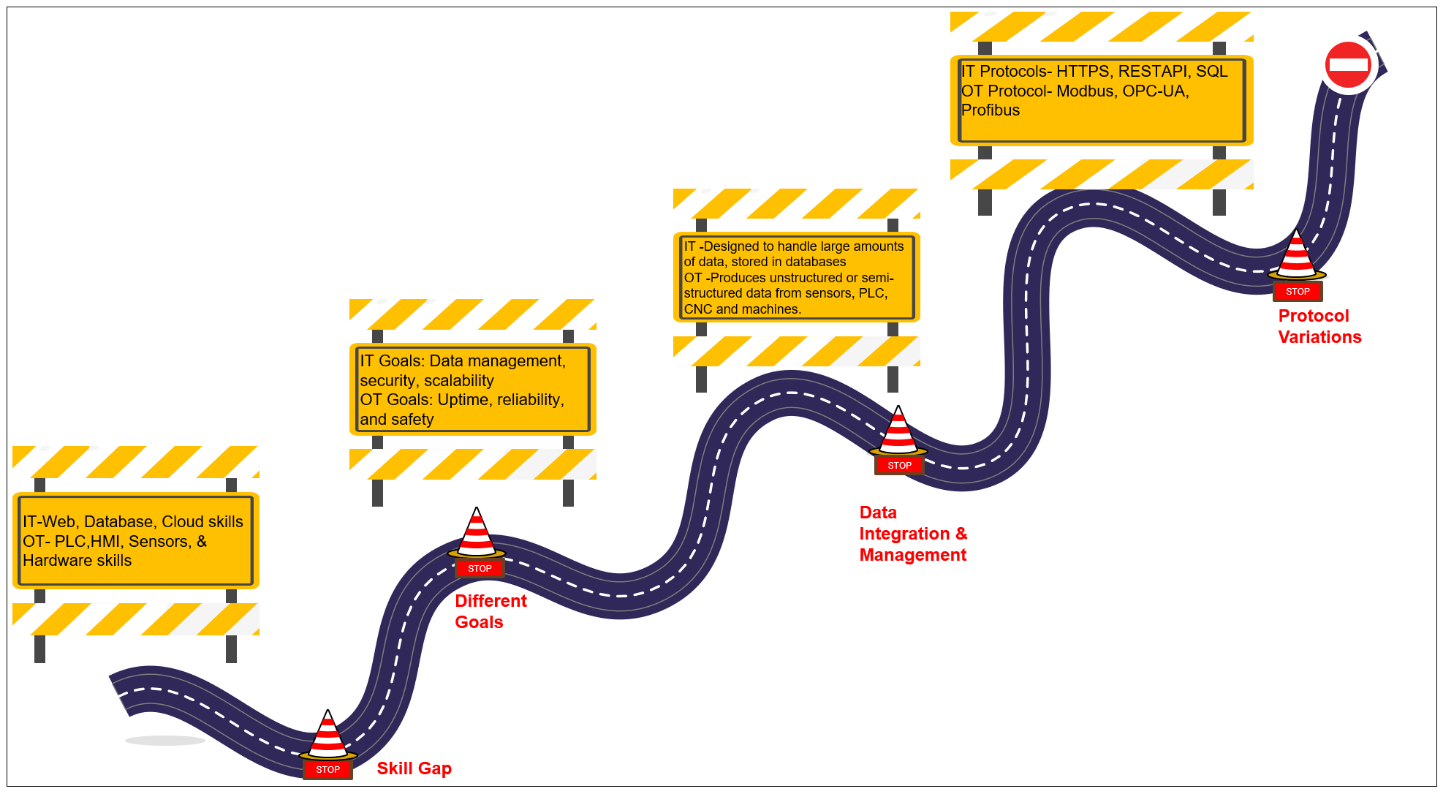
Fig 2.0 – IT-OT Convergence Challenges

5. Cost And Complexity:
- High Costs: Upgrading the legacy OT systems, controllers, and PLCs, and setting up new servers and switches can lead to increased cost & overall budget.
- Also, IT-OT integration involves managing multiple stakeholders, getting alignment from various levels in management, and implementing technologies and processes, which can lead to delays and budget slippage.

How Can Ignition Overcome This Challenge?
Ignition SCADA provides a robust set of modules that act as bridges between IT and OT, facilitating seamless communication and integration. Each module plays a unique role in either the IT or OT domain (or both), ensuring unified data and workflows. The table below briefly illustrates the functionality of each module in the IT & OT perspective.
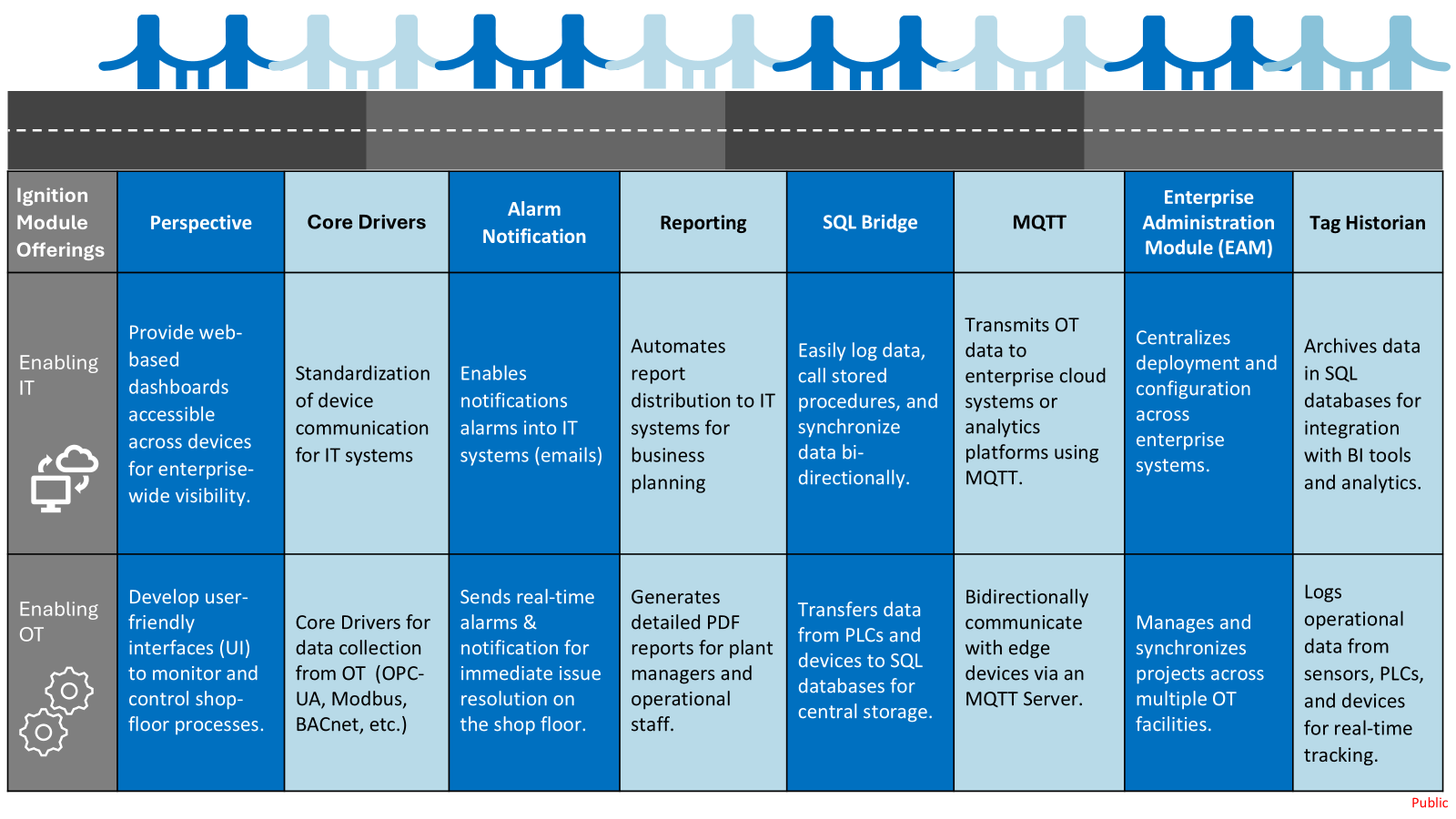
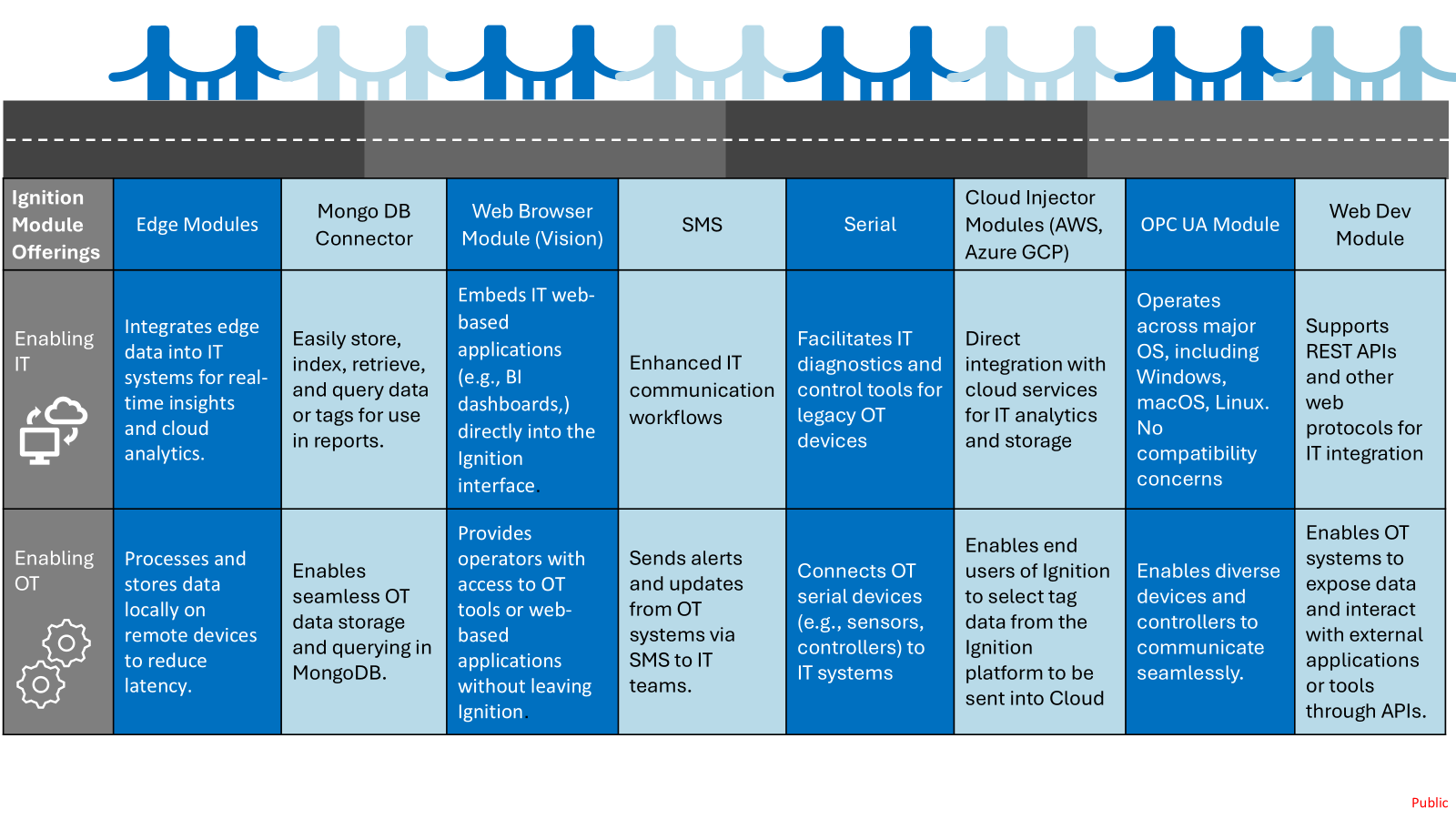
Conclusion
As many industries are in the Digital Transformation and Industry 4.0 phase, the convergence of IT and OT is no longer just optional but a necessity. However, achieving IT-OT convergence comes with its own challenges, ranging from technological disparities to organizational silos.
This is where Ignition SCADA stands out. With its open architecture, robust connectivity options, and scalable design, Ignition serves as the ideal platform to bridge the IT-OT gap to enable convergence. It not only simplifies data integration but also enhances collaboration, ensures security, and unlocks actionable insights for smarter decision-making.
By integrating IT and OT on a single platform, Ignition empowers organizations to remove roadblocks, break down silos, improve efficiency, and build an enterprise-wide SCADA solution.
